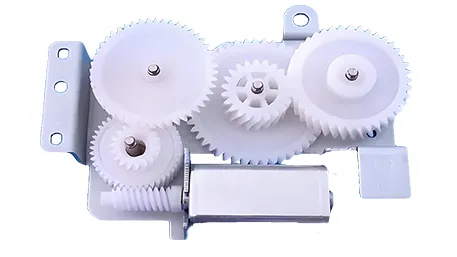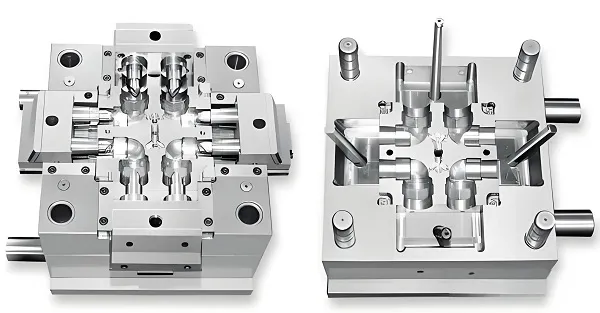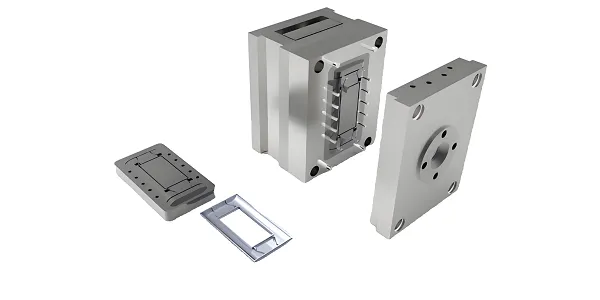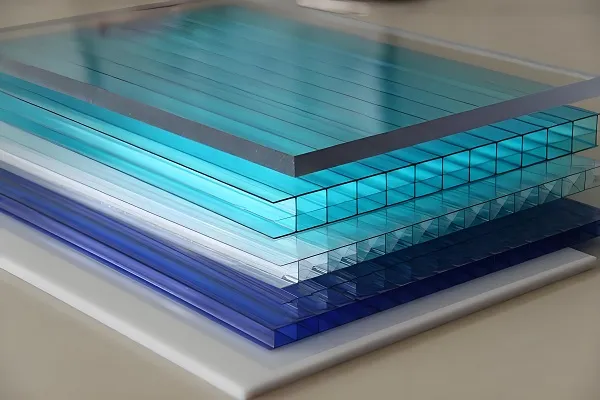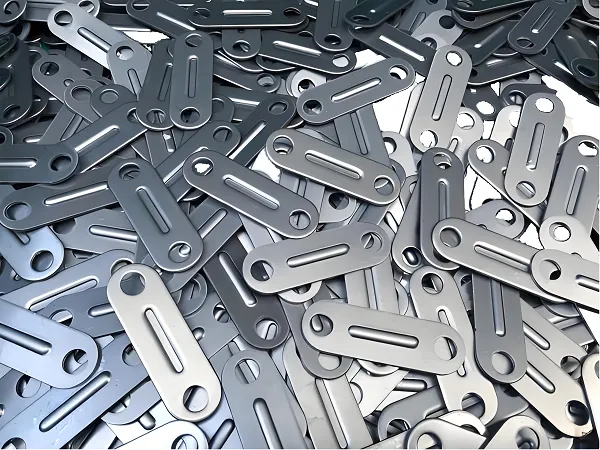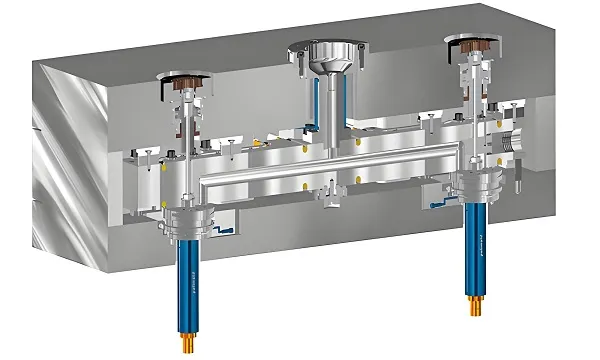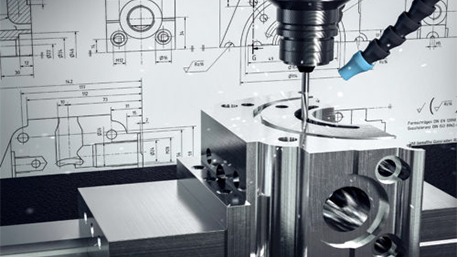
I. Introduction to CNC Machining
CNC machining, or Computer Numerical Control machining, utilizes pre-programmed computer codes to operate machine tools for precise part and component fabrication. It integrates advanced mechanics, electronics, computer technology, and automation controls, enabling highly efficient and accurate machining processes through CNC machine tools.
II. The Convenience of CNC Machining and Its Differences from Traditional Machining
- High Precision and Efficiency:
- CNC Machining: Equipped with advanced servo drive systems and precise measurement feedback devices, it can achieve accuracies within 0.01mm while significantly boosting production efficiency.
- Traditional Machining: Relies on manual operation and adjustments, resulting in lower precision and efficiency, particularly for complex shapes and minute dimensions.
- Complex Shape Machining Capability:
- CNC Machining: Leveraging 3D modeling and simulation technology, it can machine parts with intricate shapes, including three-dimensional surfaces and hollowed-out structures.
- Traditional Machining: Limited by equipment and processes, it struggles with complex shapes and structures.
- Automation and Intelligence:
- CNC Machining: Features high automation and intelligence, enabling unmanned machining and remote monitoring.
- Traditional Machining: Relies heavily on manual operation and monitoring, increasing labor intensity and posing safety risks.
III. The CNC Machining System
- Hardware System:
- CNC Machines: Including lathes, milling machines, grinding machines, drilling machines, and more, each equipped with corresponding CNC systems and drive units.
- Measurement Equipment: Such as coordinate measuring machines (CMMs) and laser rangefinders, used for pre- and post-machining dimensional and shape measurements.
- Software System:
- CAD/CAM Software: For 3D modeling of parts and planning machining paths.
- CNC Programming Software: Converts CAD/CAM-generated machining paths into G-code or M-code recognizable by CNC machines.
- Technical Support:
- Process Design: Develops suitable machining process plans based on part material, shape, precision requirements, etc.
- Technical Support Team: Possesses extensive CNC machining experience and expertise to tackle various technical challenges.
IV. Reliability of CNC Machining
CNC machining ensures process stability and reliability through advanced control systems and precise measurement equipment. Furthermore, standardized process flows and rigorous quality management systems enhance the consistency and reliability of machined parts.
V. Market Penetration
With the rapid development of manufacturing and technological advancements, CNC machining technology has been widely adopted across aerospace, automotive, medical device, precision instrumentation, and numerous other industries. Its market penetration continues to rise, becoming an indispensable part of modern manufacturing.
VI. Lead Time Advantages
The efficiency of CNC machining significantly shortens production cycles, particularly for small-batch and customized production. By optimizing production processes and inventory management, it rapidly responds to customer demands, reducing lead times.
VII. After-Sales Support
- Technical Support: Offers round-the-clock technical support services, including process consultation, programming guidance, troubleshooting, and more.
- Quality Assurance: Conducts rigorous quality inspections on machined parts to ensure compliance with customer requirements and relevant standards.
- After-Sales Service: Provides a comprehensive after-sales service system, including equipment maintenance, repairs, upgrades, and more, ensuring customer peace of mind during use.
VIII. Frequently Asked Questions (FAQs)
-
Q: What materials are suitable for CNC machining?
A: CNC machining is suitable for various materials, including metals (such as aluminum alloy, stainless steel, titanium alloy, etc.), plastics, woods, and more. -
Q: What precision can CNC machining achieve?
A: CNC machining typically achieves precisions between 0.01mm and 0.05mm, depending on machine tool accuracy and machining processes. -
Q: What is the delivery lead time for CNC machining?
A: Delivery lead times depend on part complexity, quantity, and machining requirements, typically ranging from a few days to a few weeks. -
Q: How is the price for CNC machining calculated?
A: CNC machining prices are calculated based on part material, size, shape, quantity, and machining requirements, among other factors.
Conclusion
CNC machining parts and components services, with their high precision, efficiency, automation, and intelligence, have become a vital component of modern manufacturing. We are dedicated to providing our clients with exceptional CNC machining services, offering professional, efficient, and reliable support from design, machining, to after-sales. Welcome inquiries and collaborations from all clients!
Contact Information
Address: [Company Address]
Phone: [Company Phone Number]
Email: [Company Email]
We hope this CNC machining service introduction manual helps you better understand the advantages and service offerings of CNC machining. For any questions or needs, please feel free to contact us!

